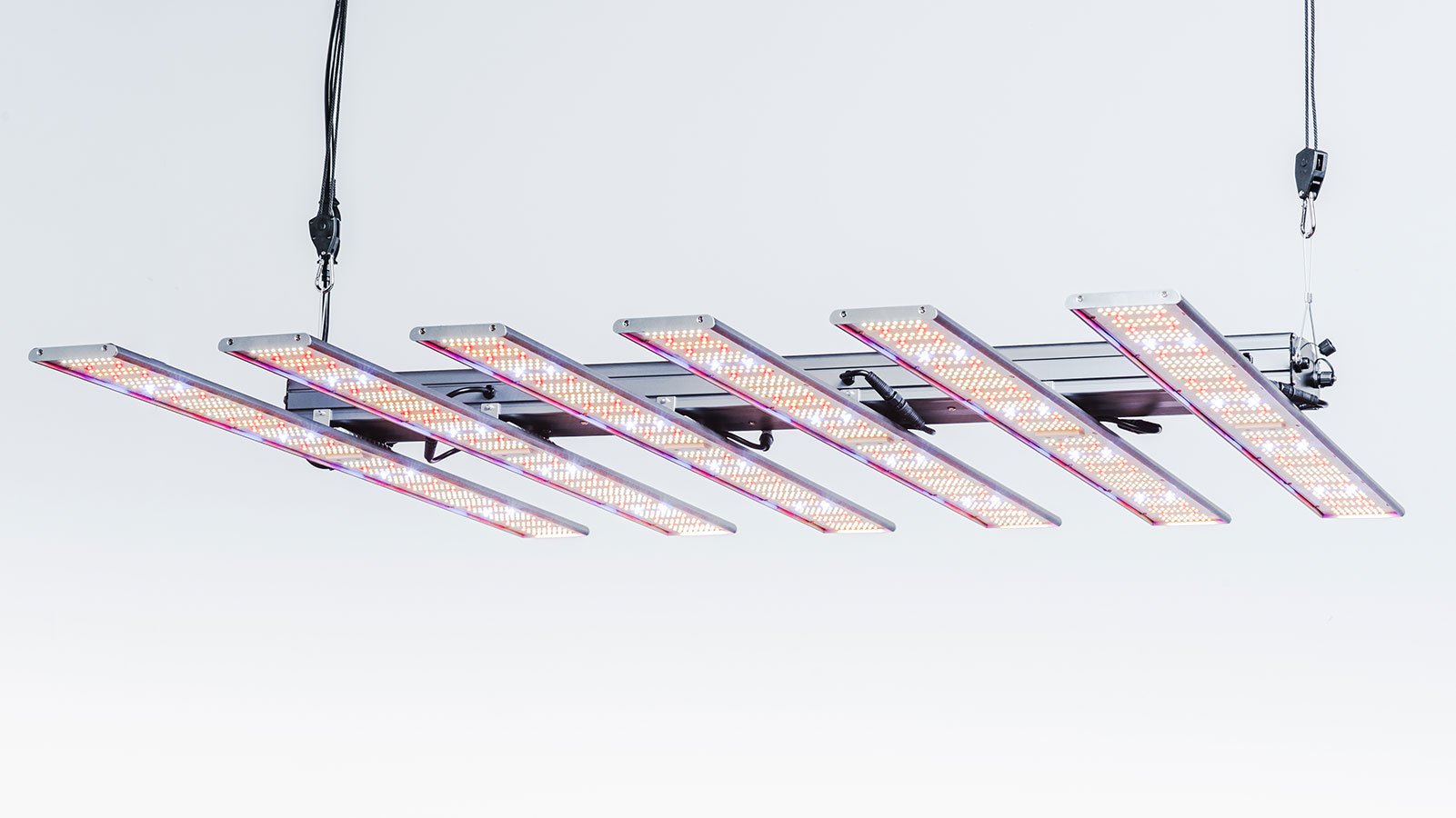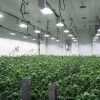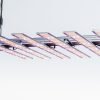Breaking Down the Complex World of LED Lighting for Cannabis Cultivation
We are at the beginning of an exciting time in the cannabis industry. The world is moving from what was once a complete prohibition of cannabis to finally recognizing its benefits and creating legal regimes for sales. This shift means new opportunities and innovations. With innovation, there is growth and improvement, which also means new learning curves.
A Focus on LED Lighting
In continuing with our posts on cannabis lighting, in this article, we will highlight some of the key features to look for when deciding on lighting for indoor cultivation.
First, you must understand your needs in order to find the right light to fit those requirements. This will take time and research, but it will be time well spent because without it you may invest a lot of money on the wrong product for your operation.
Over the past three years our studies have shown that LED lighting should be the preferred lighting choice of cultivators over traditional lights. LEDs allow you to program and control your light quality so you can achieve optimal grow conditions while reducing costs. If you are investing in cultivation then LEDs should be your light source.
Power Output and Efficiency Features
As discussed in one of our first posts, there are varied shapes and sizes of lights, but the most important feature of a light is the energy output and the efficiency of that output. Cannabis plants only care about how much photosynthetically active radiation (PAR) is available in light to drive photosynthesis. PAR is measured by examining the photosynthetic photon flux (PPF), which is the available number of photons in µmol(micro-mol) per second from the light source.
The PAR can be measured in PPFD, the “D” being the density of the photons in µmol per meter squared, per second. PPFD can measure this using a quantum sensor/meter, not a light meter. PPF tells you how much energy is available, while the PPFD can tell you the amount of energy hitting your canopy. The photosynthetic photon efficacy (PPE) tells you how efficiently that light is converting the input wattage into available light photons – it is the PPF divided by watts used and expressed in μmol·J (micro-mols/per joule).
A good LED light should consistently feature an 850-1100 PPFD range at canopy’s height (cannabis can use more PAR depending on the genetics and if certain conditions are met). Moving the distance between the canopy height and the light source can affect the overall coverage area and PPFD.
Lighting efficacy has also improved dramatically with LEDs, some high-end lights can reach the 3-4 μmol·J range, which can be highly effective in converting electricity into usable light photons. Having a high efficacy is a feature that saves on electrical consumption and fugitive heat. Coverage area and power requirements are part of the planning and research required when designing your cultivation. Power and efficiency are the features that tell you how much energy you have to grow the crop.
Programable and Control Features
If output and efficiency tell you about power, the next set of features are supportive tools for the grower. The more you know about lighting’s role in cultivation, the better you can use lighting features that can help improve yield.
Having a feature where you can control the light quality, meaning the intensity, duration, and spectrum, could increase your flower quality (yield, cannabinoid potency, structure). Light quality can trigger many different genetic expressions in cannabis, such as larger plants or varied terpene profiles. If lighting “recipes” based on strain can be managed through a controller you can access these changes instantly or remotely. You can also initiate automation and record data.
Controllers can have other features such as managing several lights or a whole room at once. With these features, you could manage a plant from seed to harvest under one light, with no need to have separate areas for different stages of a plant’s life cycle. You can control both intensity and spectrum based on programmed set times. You would also be able to program and save your recipe for repeated use.
The feature to control these functions remotely or through WIFI is huge for it makes it extremely convenient for those that don’t have enough time to be physically on-site. Controllers can also incorporate features that initiate fail-safe shut off measures when a max temperature is reached. These intricate features are usually only offered in LED lights due to their precision and control.
Quality of Build and Parts
All these features do not work effectively if they aren’t built with quality parts and intuitive operation. The quality of the fixture also lends to its longevity. All controllers should have innate and progressive operation to programming that make use simple.
Having features that support passive cooling and the use of heat dispersing materials are more desirable than including fans and other moving parts needed to keep the fixture at optimal temperature.
Plug and play assembly is easier for setup and performing changes or repairs. The simpler the lighting unit is, the easier it is to operate and maintain.
The high-end quality of the bulbs/diodes and higher efficacy rating indicate fixtures with longer warranties. Cheap diodes and bulbs degrade fast. In just a few months, a low-quality diode will start to degrade to the point where the plants will start to show detrimental effects.
In addition to diodes, electrical drivers used to convert the electricity to send power to the diodes must be efficient, create as little heat as possible, and have operational longevity. A light fixture that features quality parts will last longer and have a better warranty.
Green Ambers’ own LED-ONE uses top-tier diodes and drivers; that is why It comes with a 5- year warranty. All other parts should be sturdy (especially hanging points) and easy to clean, for grow environments can become full of dust, dirt and debris.
Certifications, Testing and Ratings
While not specific features of a fixture, certifications, ratings and testing are the data that support the operational use of the light. LEDs are considered energy-efficient light sources that can accurately measure power/efficiency by getting tested and certified. Having standards associated with your light ensure a certified quality build and can potentially qualify for local rebates.
Rebates
Many of these certifications, especially on the energy efficiency side, can assist you in accessing energy rebates from your local utility provider once you purchase a light fixture. There are many instances of appropriately tested and certified lights that can access more than 50% of rebates from the retail price. This benefit makes it affordable to purchase new technology. If you need help finding rebates, please feel free to contact us.
Warranty and Support
Lights are the most heavily used piece of equipment in a cultivation space; they must be reliable. Knowing the warranty helps make equipment investment decisions. Traditional lighting sources used to have warranties in the 2–3-year range but also require new bulbs every few months. With the reliability of the LED technology, five-year warranties are the new standard (50,000-60,000 hours of use).
Importantly, whomever you purchase your lights from, you may want to know what technical and general cultivation support they offer. Knowing how to manipulate your lights to make cannabis thrive should be part of their support.
At Green Amber, we cultivate cannabis so we can help you transition to or dial in your lighting requirements. Feel free to contact us anytime; we are more than happy to discuss cannabis lighting and some of the features we’ve mentioned here.



